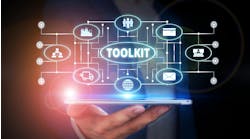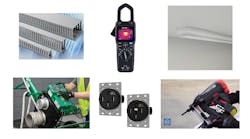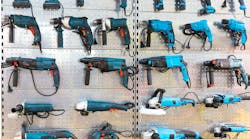Everywhere I turn these days I’m exposed to the sights and sounds of the Internet of Things (IoT). I regularly receive press releases that reference the topic. Research firms share their executive report summaries with me on the massive growth potential of this market. I’m even watching news reports on national TV broadcasts that focus on the IoT.
But what exactly is the IoT? In the most basic sense, you could define the IoT as smart products that are connected to the Internet. According to Gartner, an IT research and advisory company, the IoT is the network of physical objects that contain embedded technology to communicate and sense or interact with their internal states or the external environment. In other words, physical objects that can represent themselves digitally are able to communicate with other objects as well as the Internet.
So how many devices are we talking about in this so-called IoT world? International Data Corporation (IDC), another IT advisory firm, estimates that as of the end of 2013, there were 9.1 billion IoT units installed. The company expects the installed base of IoT units to grow at a 17.5% CAGR over the forecast period to a total of 28.1 billion units in 2020. On a dollar basis, IDC forecasts the market will expand from $780 billion this year to $1.7 trillion in 2020, growing at a CAGR of 16.9%. Sensors, modules, and connectivity will account for more than 50% of this total.So how does all of this development on the IoT front relate to some key market segments? Research company MarketsandMarkets notes that among the industry verticals, consumer electronics, manufacturing and supply chain, automotive and transportation, and consumer and residential verticals are expected to be the top markets with the largest revenue over the period 2014 to 2019, followed by industrial and commercial buildings, health care, government, and others. Business Insider Intelligence notes that cities are adopting IoT technologies to reduce traffic congestion and air pollution, improve public safety, and provide new ways for governments to interact with their citizens.
More importantly, how does this explosive growth on the IoT front relate to electrical designers and installers? As appropriately noted by freelance writer Tom Zind in our cover story this month — Spinning a New Web — “opportunities clearly abound for companies that understand the scope of what’s required to fashion the extensively monitored, connected, and networked environment that will define the emerging IoT.” This will also drive demand for traditional-type power management and metering work in the data center segment. Gartner notes these IoT deployments will generate massive amounts of data that will need to be processed in real time. It will also create challenges in the areas of security, consumer privacy, and storage capacity. We might even see the return of more distributed mini data centers that could handle the initial processing of all of this new data.
So my last question is, are you ready to take advantage of this explosive new market?




